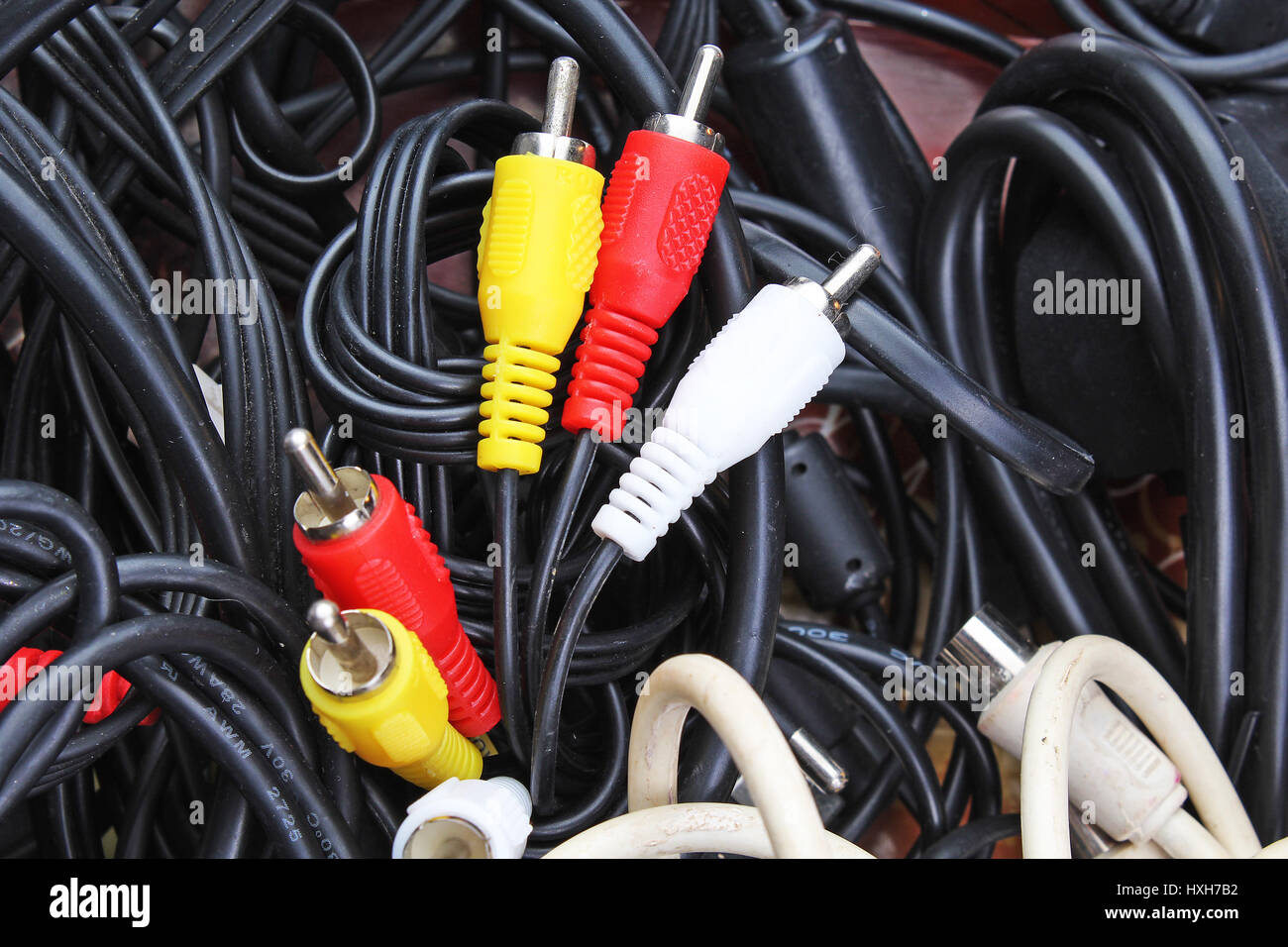
A further crucial factor is the resolution of the units. The resolution affects the sharpness of the images captured by the units. Higher image quality units provide clearer footage, which can be crucial for recognizing faces or registration plates. Companies should consider their particular requirements when selecting the resolution. For example, a store store may need high-quality cameras to observe customer engagements, while a warehouse might focus on broader monitoring over fine resolution. It is also essential to consider about the storage solutions for the captured footage. Companies can choose between on-site storage, such as solid-state drives, or cloud solutions, which enables for off-site access and simpler handling of footage data.
The positioning of the cameras is a further key consideration. Proper camera placement can significantly enhance the effectiveness of a surveillance solution. Cameras should be positioned to monitor all access and egress areas, as well as busy zones within the company. It is also crucial to think about potential blind spots where criminal activity could occur without detection. A qualified surveillance consultant can assist identify the optimal locations for camera installation to enhance coverage and reduce vulnerabilities. Moreover, companies should think about the illumination conditions in the locations where units will be set up. Cameras with night capabilities are essential for monitoring badly lit areas.
Connectivity and compatibility with additional security solutions are also important factors. Many contemporary security camera solutions offer features such as remote monitoring through smartphones or PCs, which enables company owners to observe their property in real-time. Compatibility with security alert solutions or entry control systems can offer a more holistic security system. Businesses should evaluate their existing surveillance measures and think about how a fresh camera system can enhance or improve those measures. This compatibility can lead to a more efficient and efficient surveillance strategy.
Ultimately, financial considerations play a significant role in selecting a surveillance video solution. Businesses must balance the requirement for high-quality equipment with their budgetary limitations. It is important to research different brands and types to identify a solution that offers the best value for cost. Although it may be appealing to choose the cheapest choice, spending in a dependable and durable system can save costs in the long-term by reducing maintenance expenses and enhancing safety. By carefully considering these factors, businesses can choose the ideal security video solution that meets their site specific needs and enhances their total safety posture.